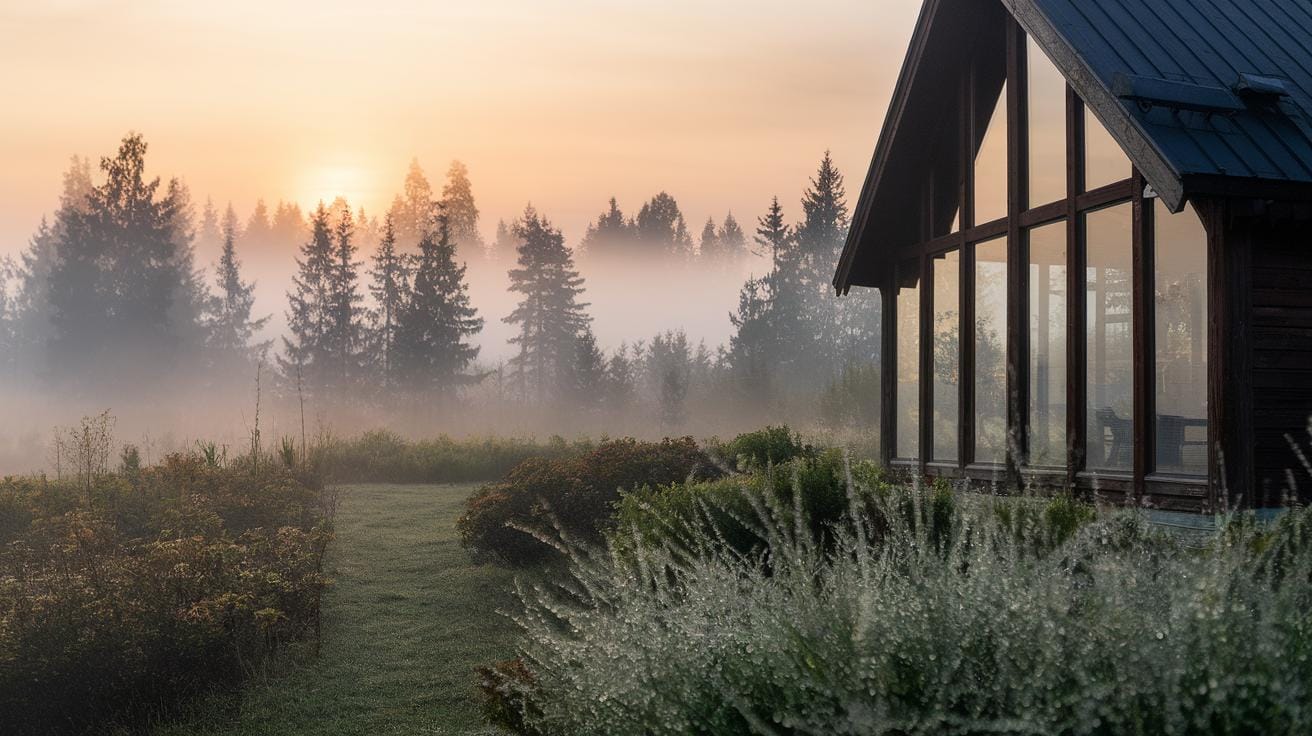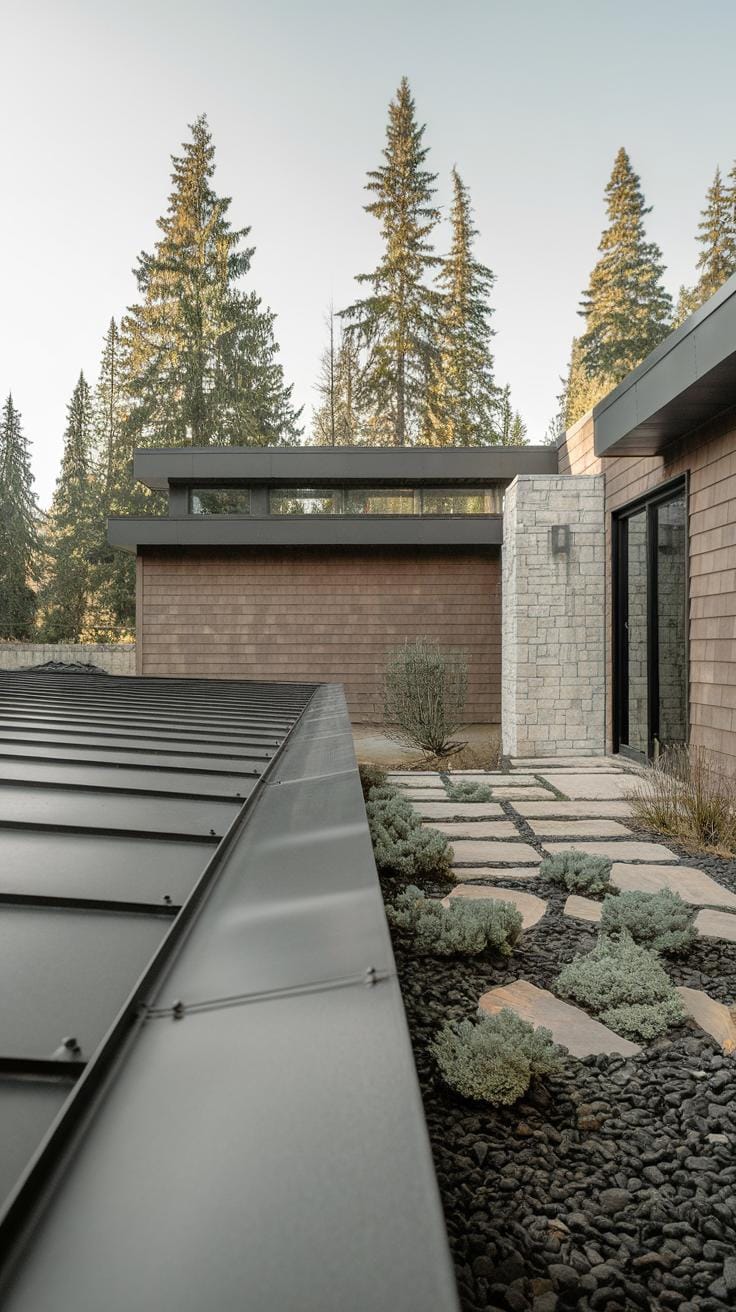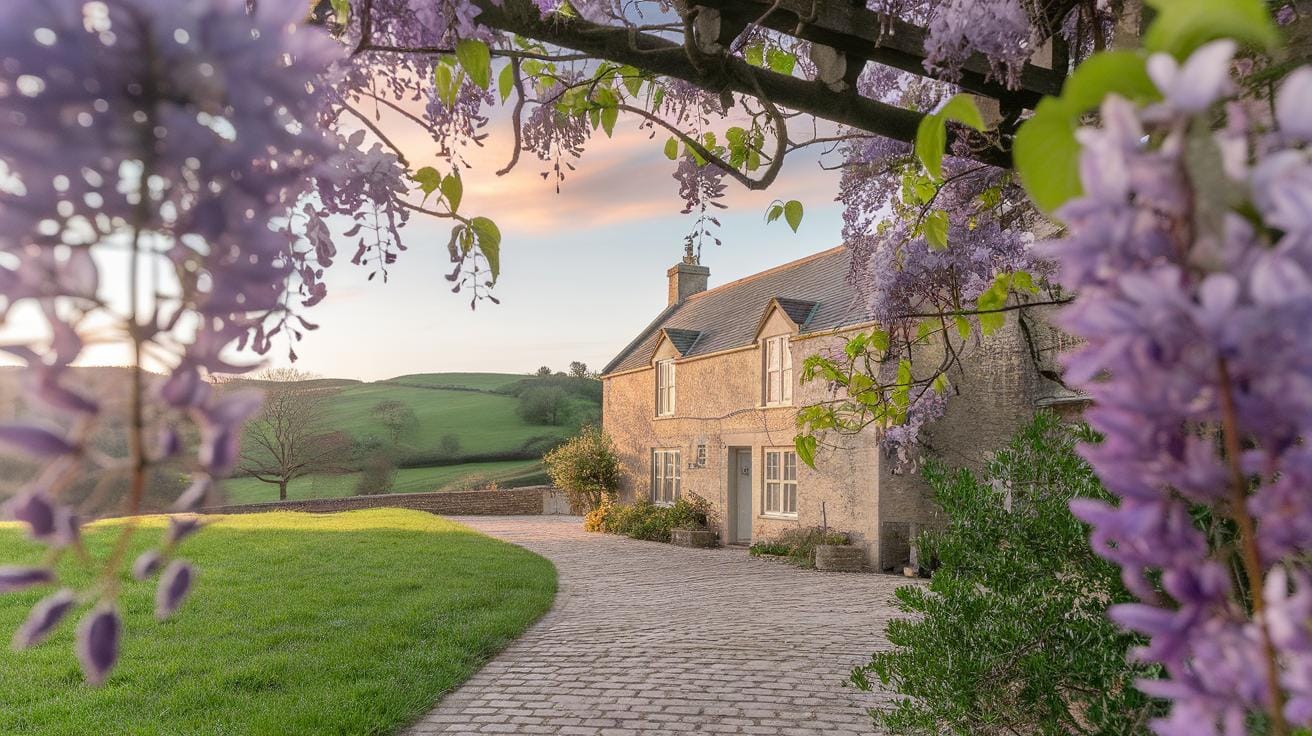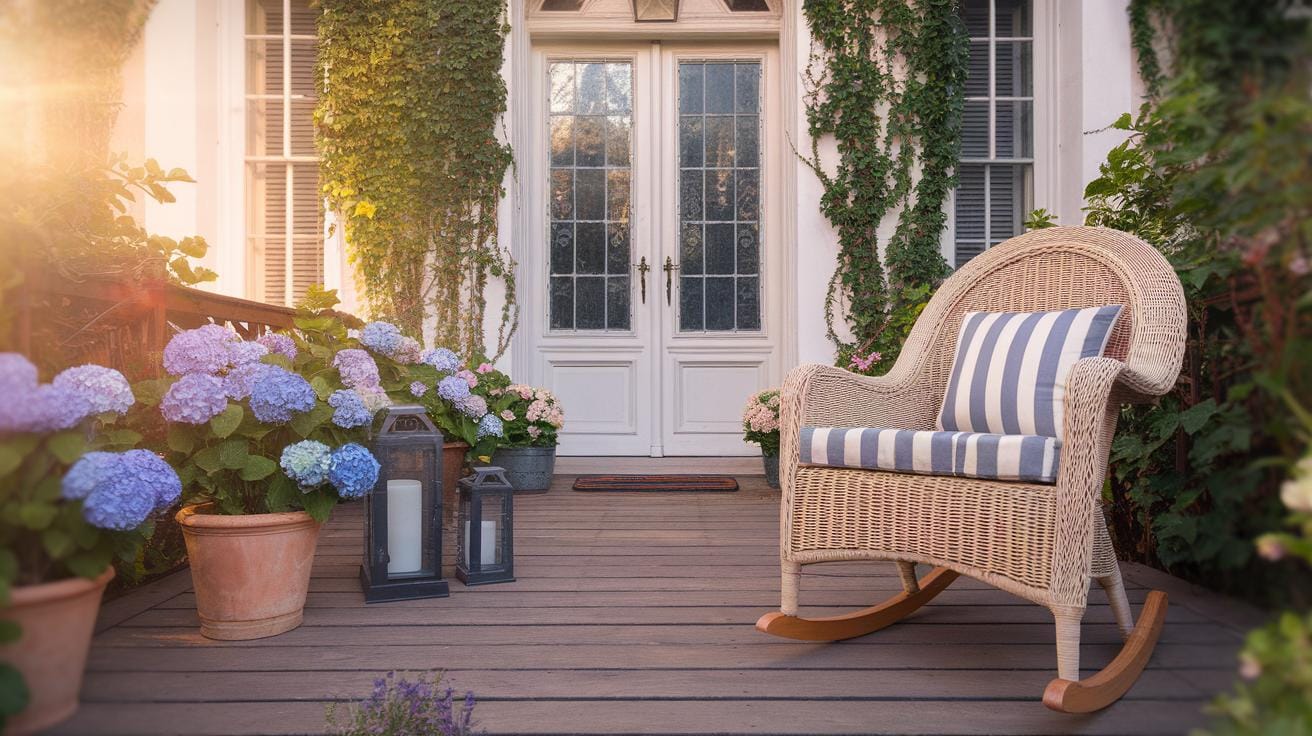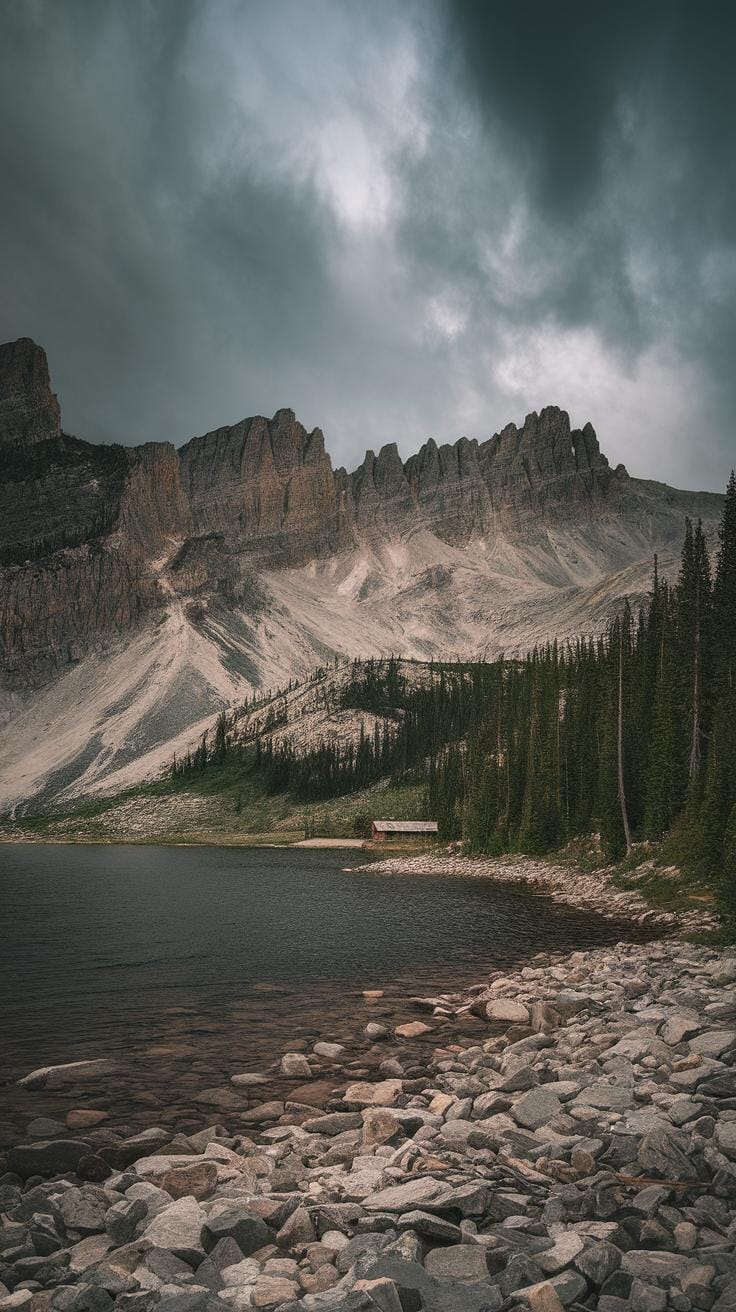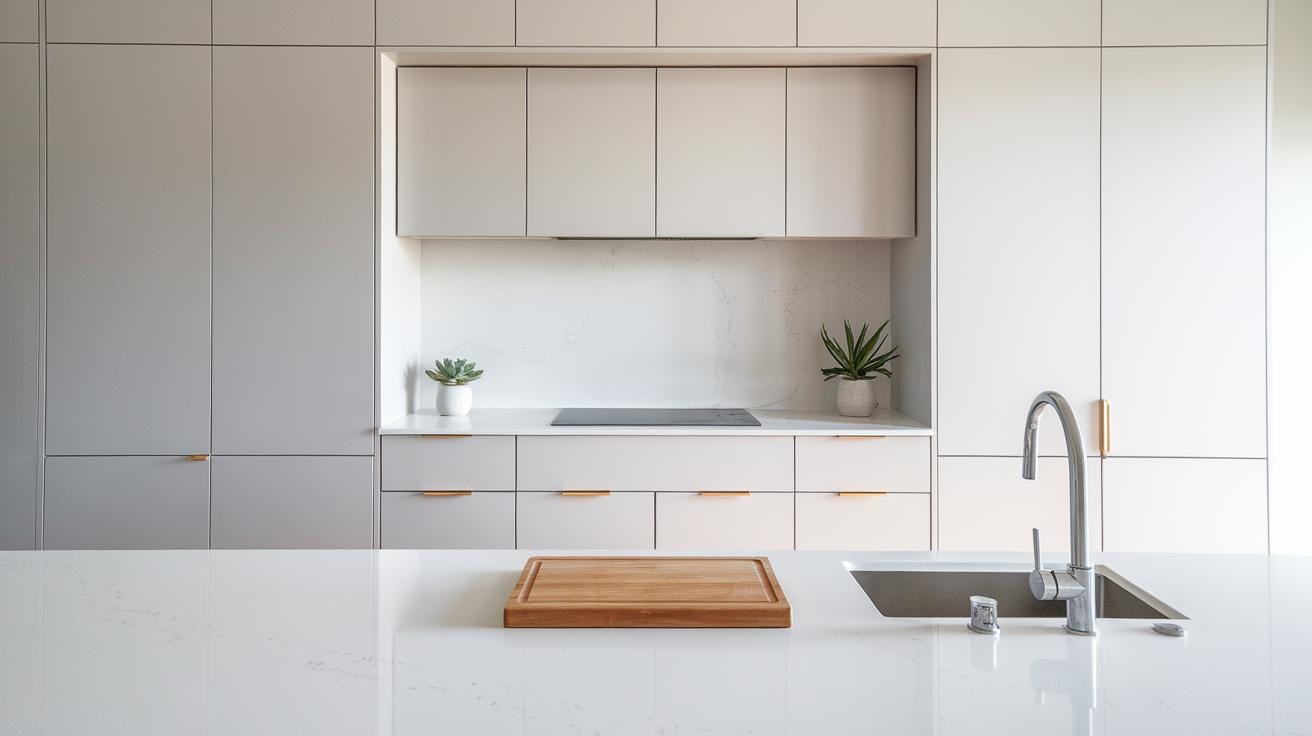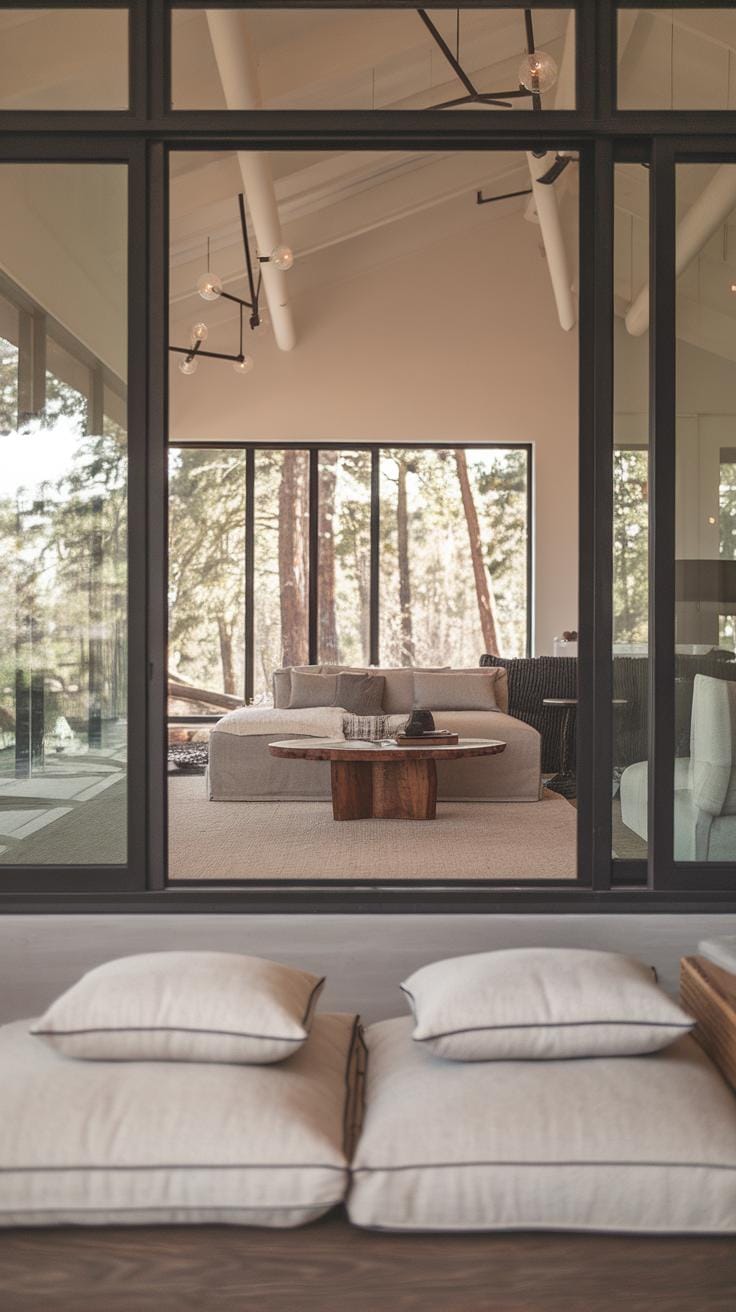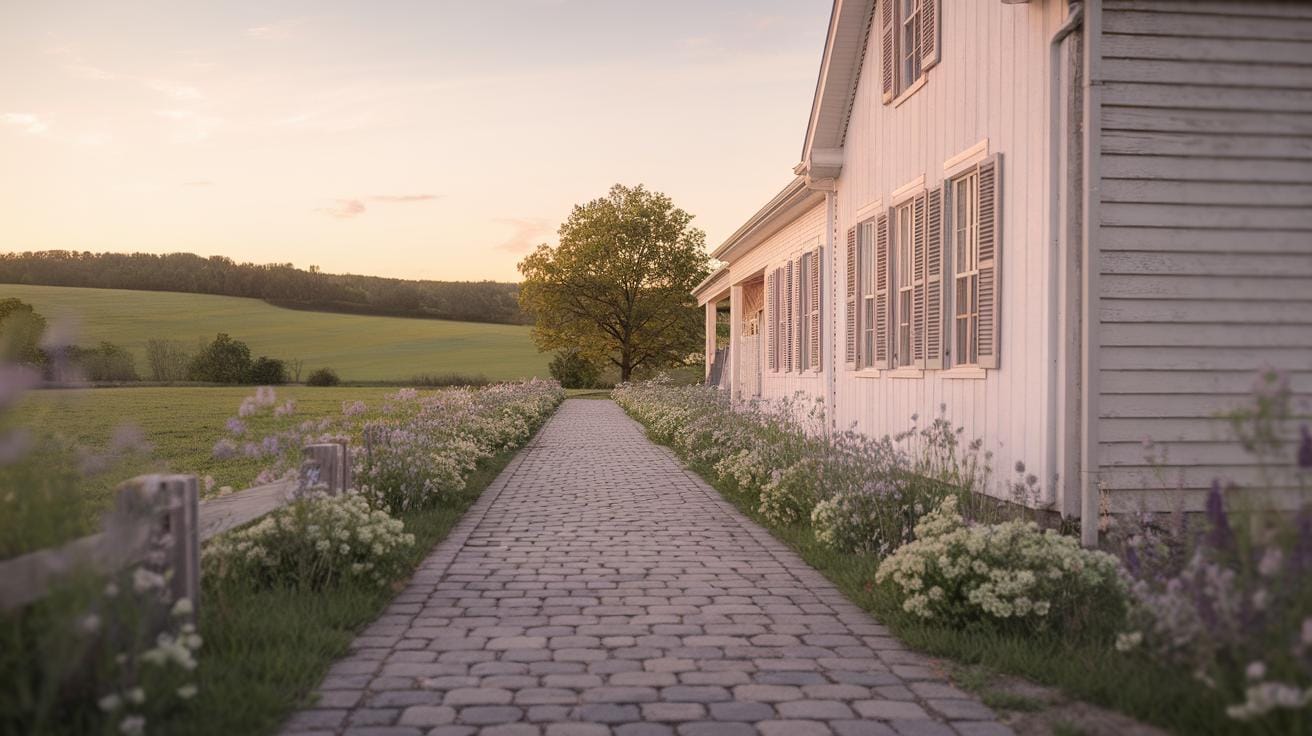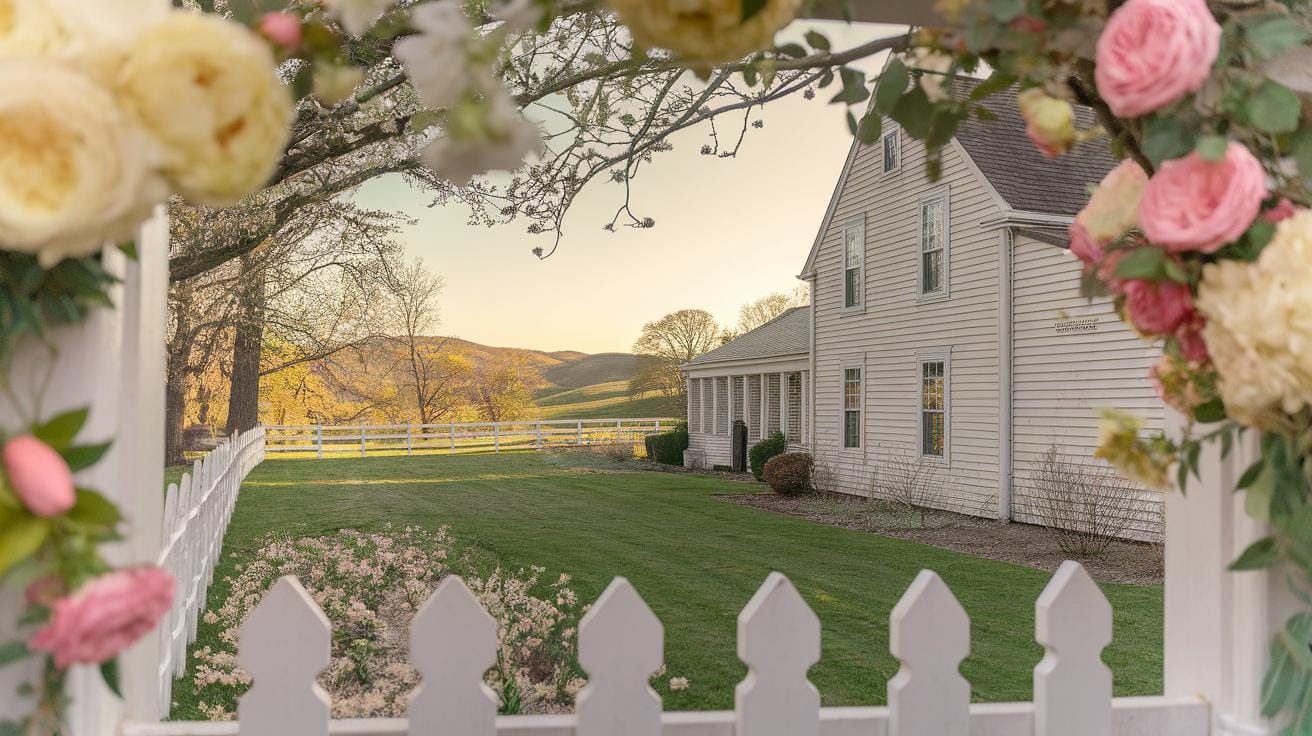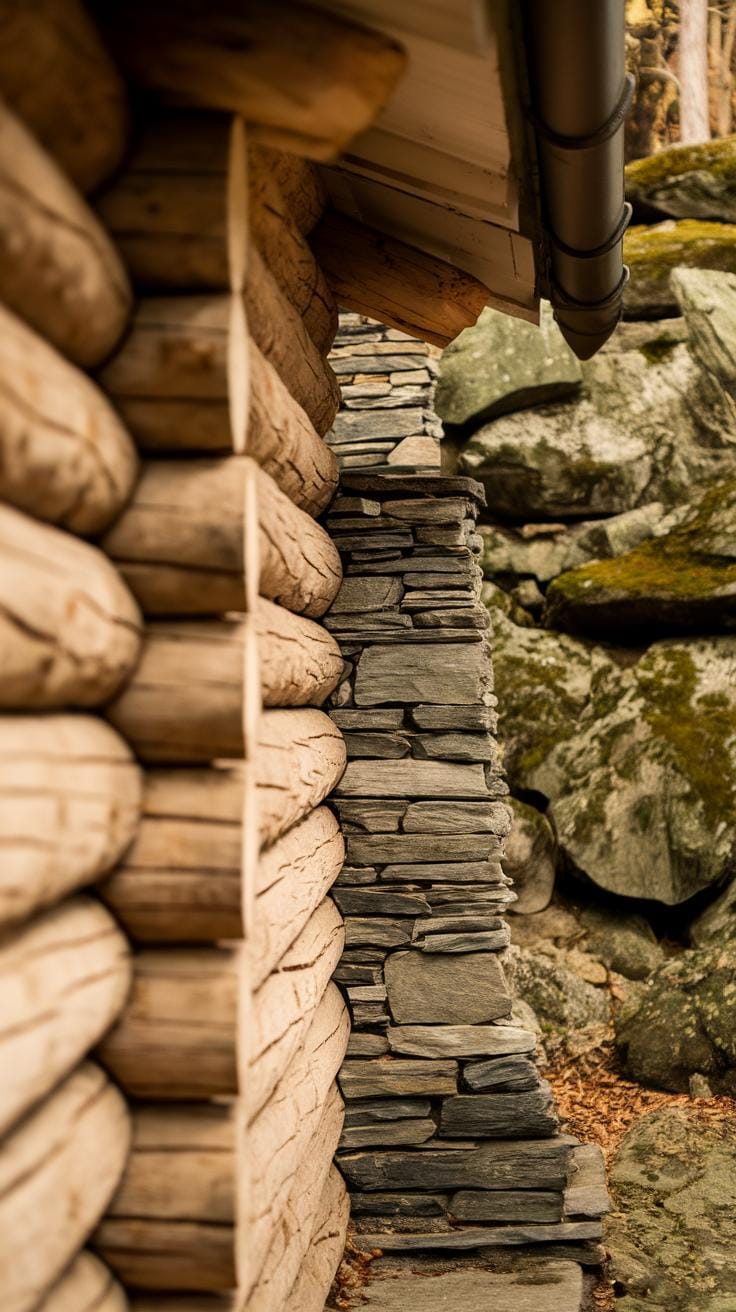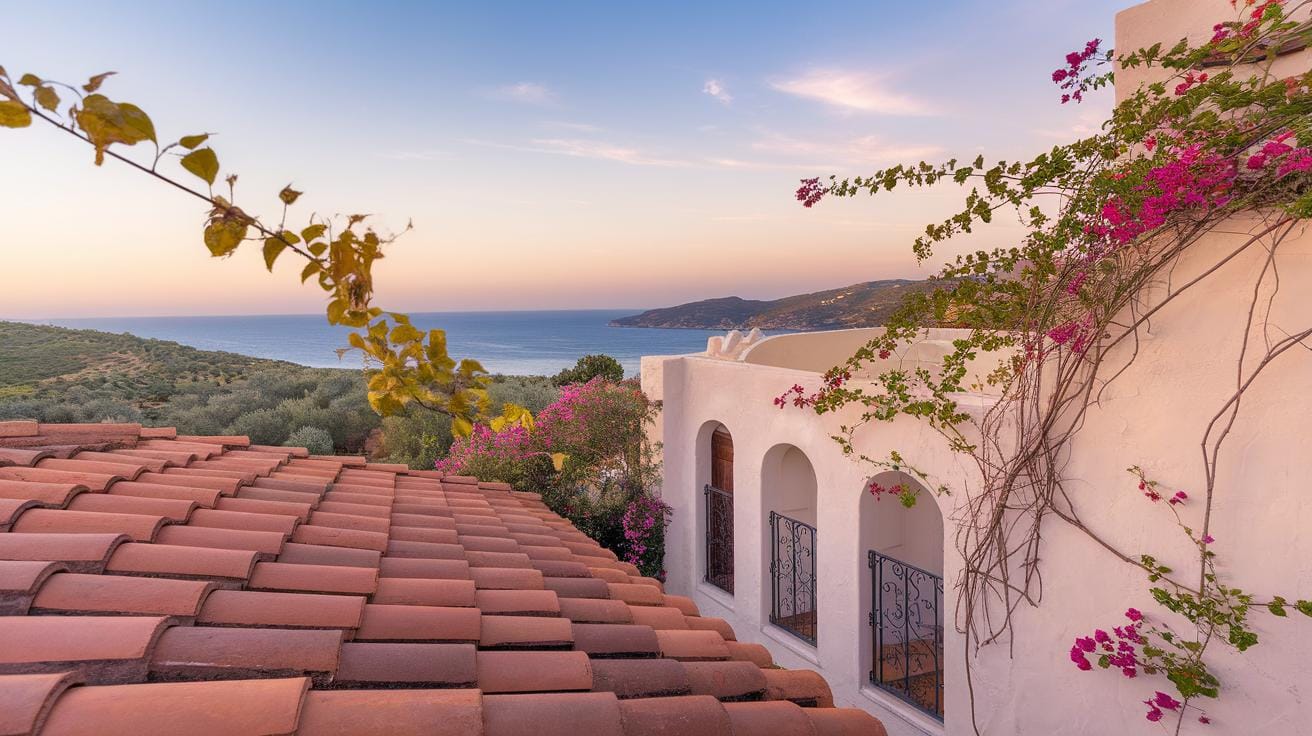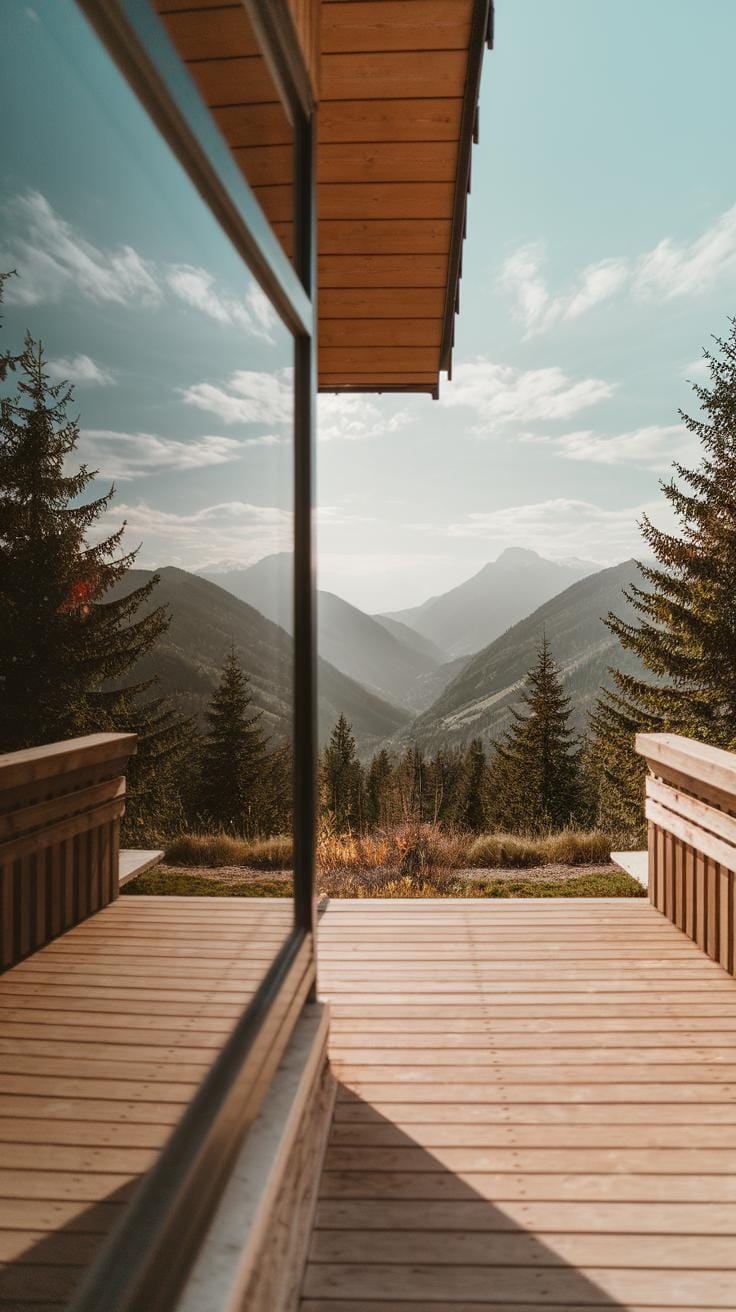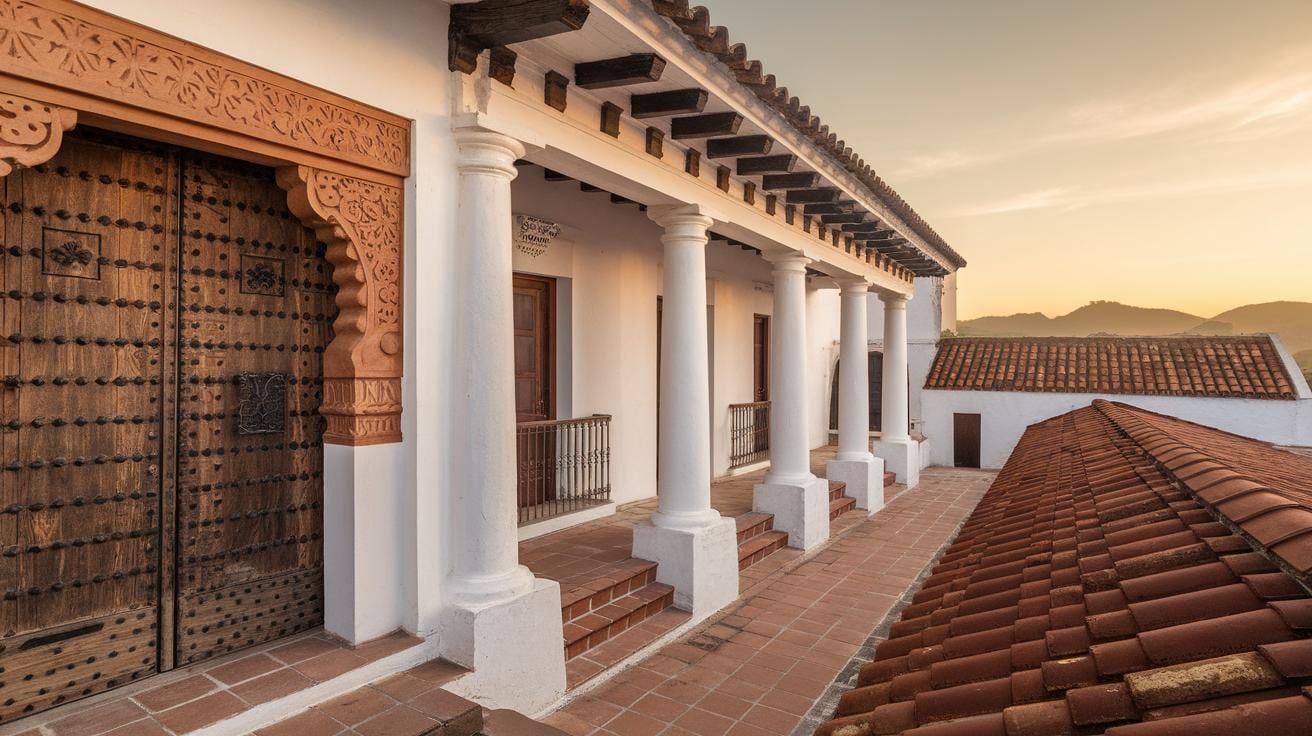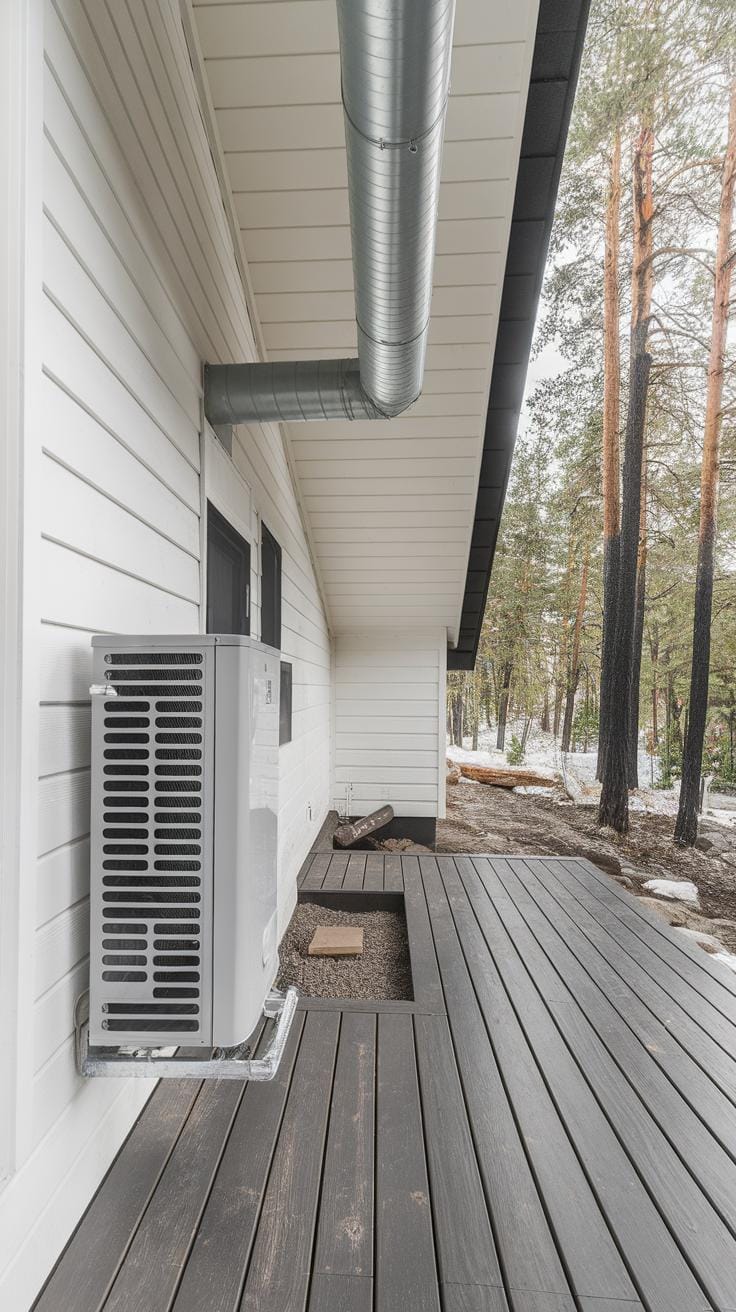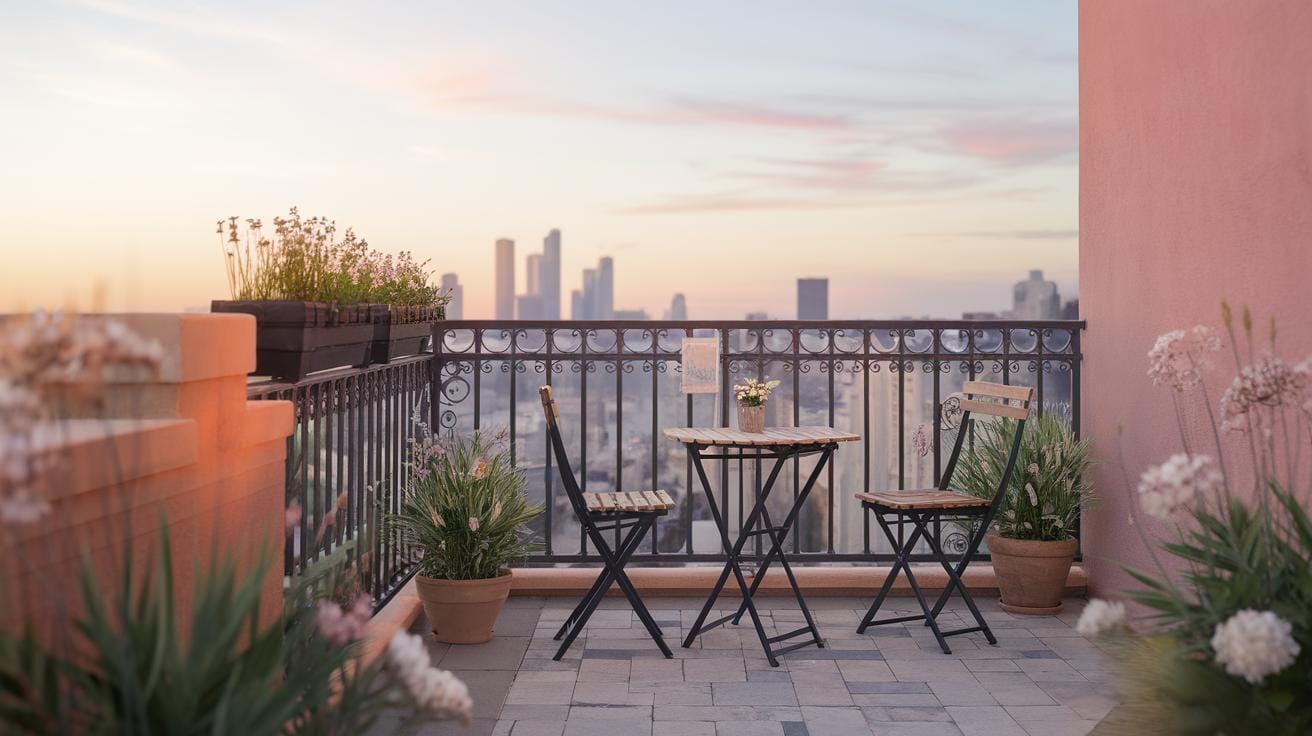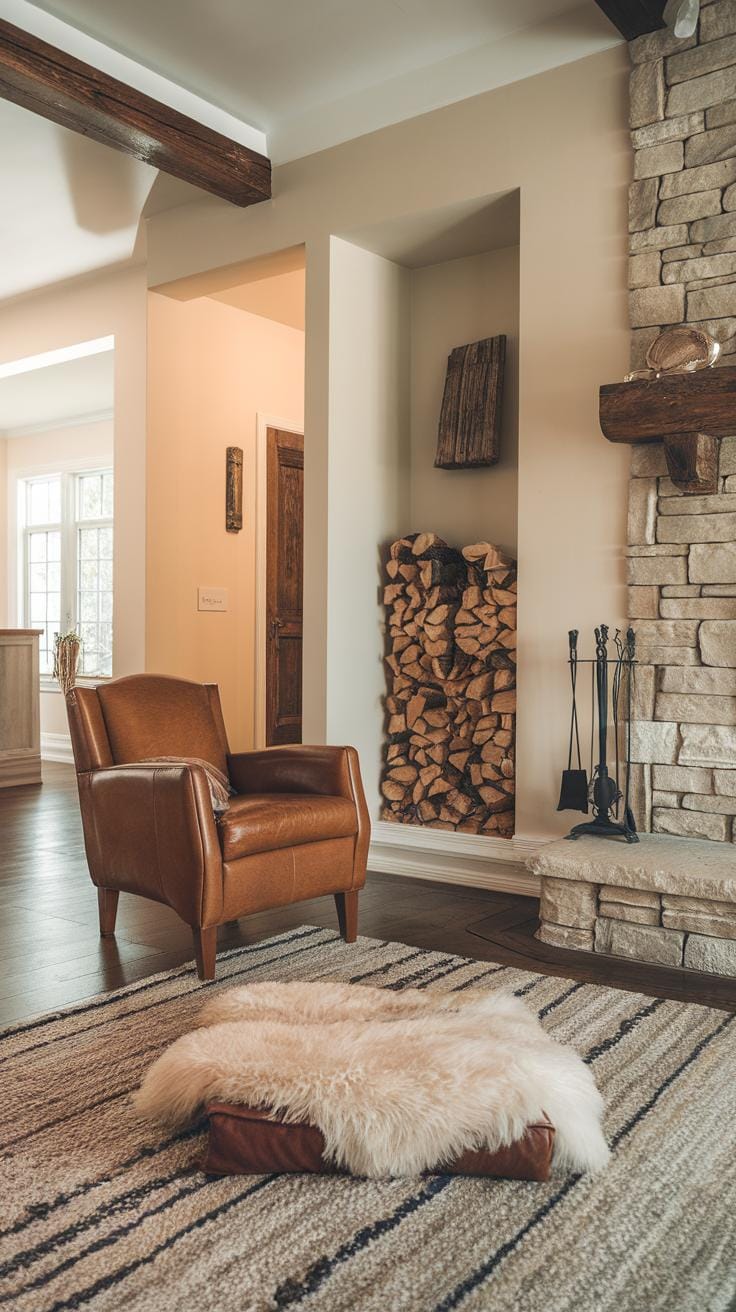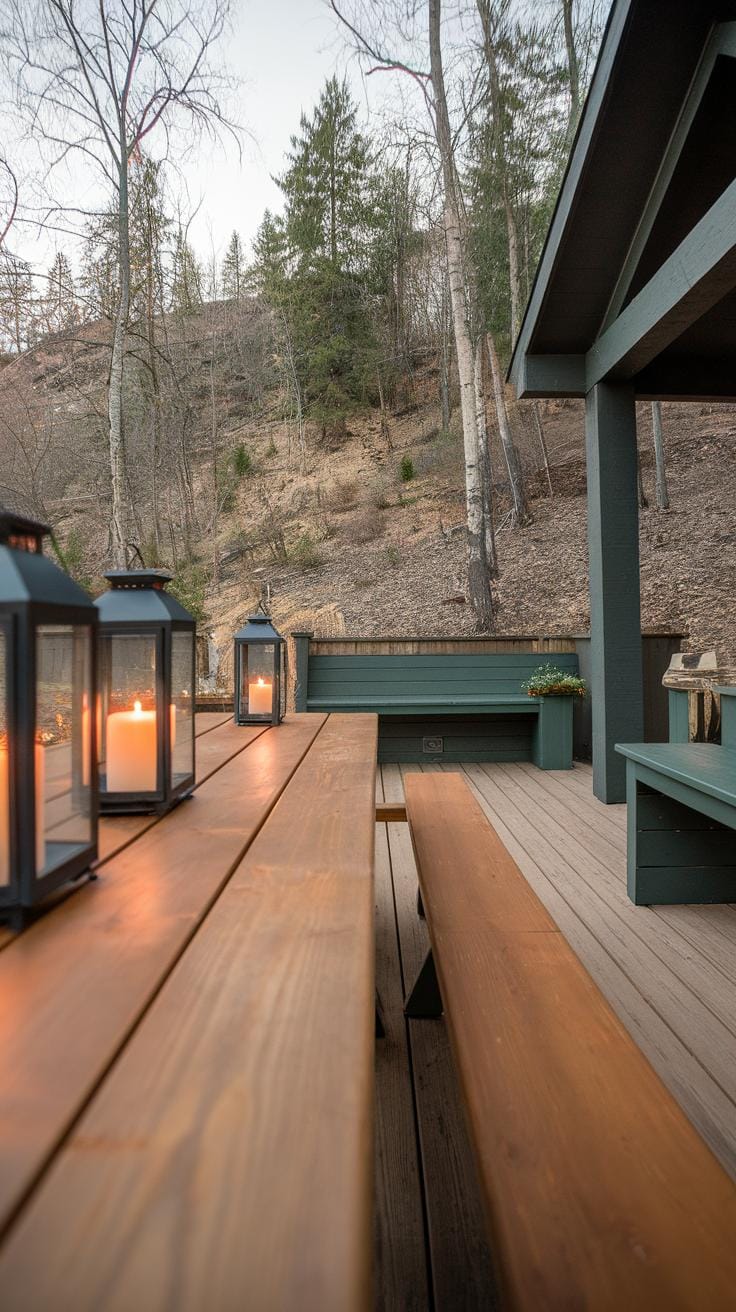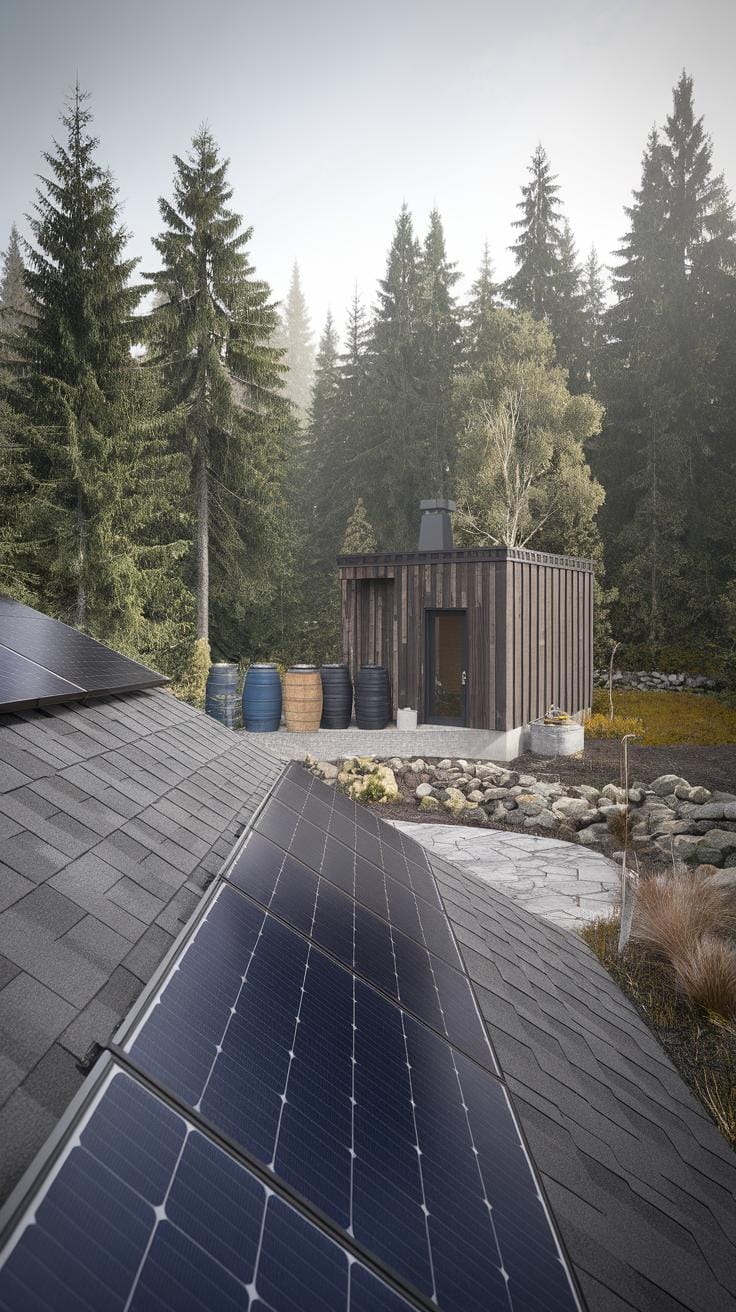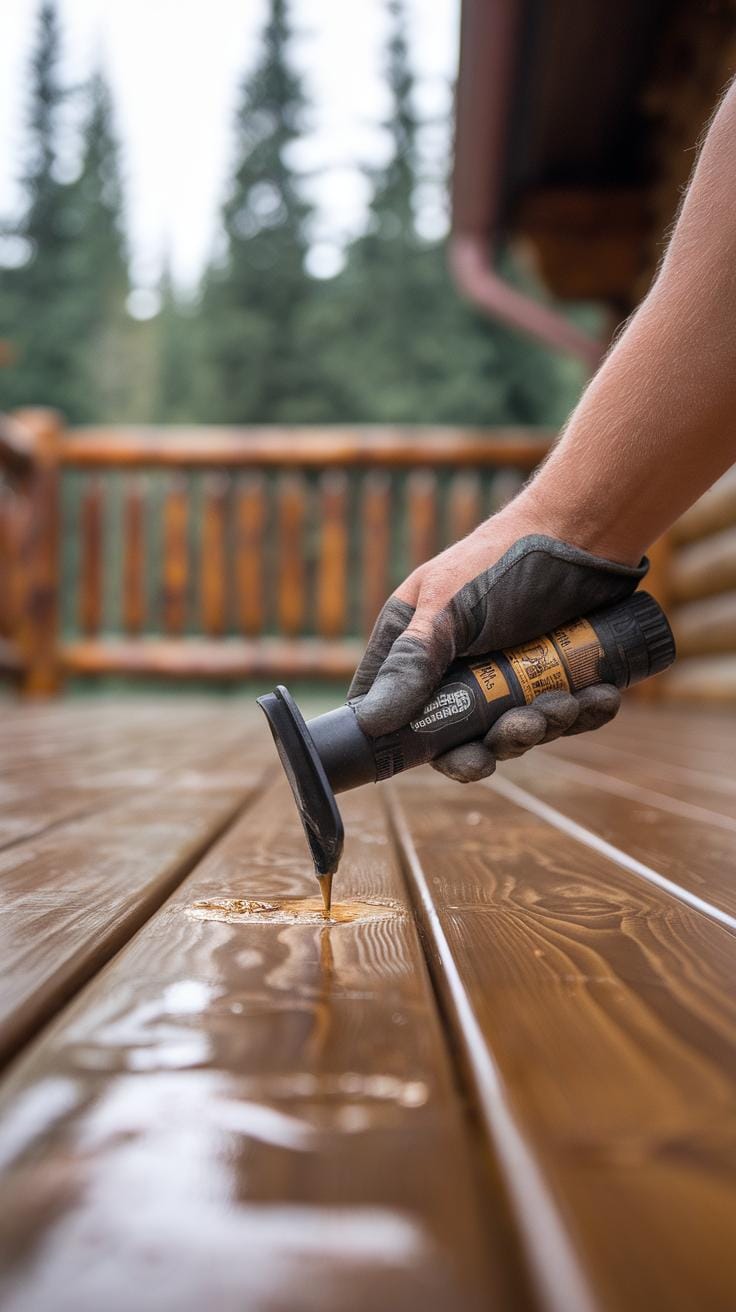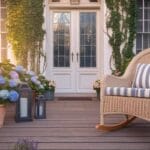Introduction
Building a modern cabin presents a great opportunity to enjoy nature with the comforts of a well-designed home. You can craft a space that suits your lifestyle while blending simplicity, functionality, and style. This article will guide you through the key considerations to create a cozy modern cabin retreat that feels like your personal sanctuary. You will learn about the essential design elements, practical layouts, and decor choices that make modern cabins distinct yet inviting.
Modern cabins combine traditional cabin charm with clean contemporary lines and minimalistic designs. They emphasize natural materials and light, which connects the indoors with the outdoors. Whether you want a small weekend getaway or a more permanent residence, knowing how to design your cabin to maximize comfort and aesthetics will enhance your experience. What features matter most to you in a cabin? Keep reading to find practical tips that align with your vision for a cozy modern retreat.
Understanding Modern Cabin Style
Modern cabin style focuses on simplicity and clean design while keeping a strong connection to nature. It uses natural materials like wood, stone, and metal to create a warm but fresh look. Large windows are key. They bring in natural light and provide wide views of the outdoors, making the outside feel like part of the cabin.
This style blends rustic charm with contemporary elements. You’ll see exposed wood beams alongside sleek metal fixtures. Surfaces stay plain and uncluttered, avoiding too much decoration. This creates a calm, inviting space where nature remains the star.
Imagine relaxing with a fireplace framed by natural stone, surrounded by smooth surfaces and open space. This blend helps you feel grounded without giving up modern comfort and style. What natural materials would you want to highlight in your cabin?
Key Features of Modern Cabin Design
Modern cabins stand apart from traditional ones by their clear, straight lines. Instead of ornate trims and busy details, these cabins keep surfaces smooth and simple. You’ll find glass panels and metal elements mixed with wood to form a balanced look.
The use of glass is a big difference. Floor-to-ceiling windows open up the cabin to nature and blur the line between inside and outside. Metal adds a touch of sleekness, often seen in railings, light fixtures, or structural supports. Wood remains the main feature but appears in refined, clean shapes rather than rough logs.
Can you picture a cabin with a flat or shed roof and sharp angles instead of a typical peaked roof? This design helps modern cabins fit into natural settings while standing out as fresh and unique. How might this cleaner approach change your idea of cabin living?
Benefits of Choosing a Modern Cabin
A modern cabin can save energy through better insulation and strategic window placement. Larger windows often face the sun to warm the space naturally in colder months. You can add eco-friendly materials and efficient heating systems that reduce power use.
The designs often make better use of space. Open floor plans connect living, dining, and kitchen areas, creating a roomy feel without needing more square footage. Storage solutions tend to be smart and hidden, keeping clutter out of sight.
Living in a modern cabin helps you engage more with the outdoors. The design encourages fresh air flow and natural light, making you feel part of nature even when you’re inside. How could this connection improve your time spent relaxing or working at home?
Selecting the Perfect Location for Your Cabin
Choosing the right spot for your modern cabin shapes your entire experience. The landscape affects your views, the style of your cabin, and your daily activities. Think about whether you want flat land that is easy to build on or a sloped site that offers unique architecture and panoramic views. Look for a place where you can enjoy natural light and ventilation. Accessibility matters too — you want to be able to reach your cabin without hassle but avoid areas crowded with people.
Privacy plays a key role in your cabin’s comfort. Do you prefer a remote area for peace or a location closer to neighbors and amenities? Also, consider how much time you’ll spend traveling to and from the site. Balance these factors by visiting potential locations at different times and seasons to get a true feel for the environment.
Considering Natural Surroundings
Water, forests, and mountains create different moods and opportunities for your cabin. Water nearby, like a lake or river, can add calming views and recreational activities such as fishing or kayaking. Forests offer shade, wildlife encounters, and a sense of quiet. Mountains provide dramatic scenery and cooler temperatures.
These surroundings influence your cabin’s layout and materials. For example, forest sites might benefit from large windows to frame the trees, while mountain locations may need stronger insulation. Proximity to natural elements often means integrating your cabin into the landscape, so it feels like a part of nature rather than a building placed on it.
Balancing Privacy and Practical Access
Finding the balance between feeling secluded and having easy access is key. A cabin tucked away deep in the woods offers privacy but can be hard to reach, especially in bad weather. If visitors or service providers come often, this could cause frustration.
On the other hand, a cabin near a main road or trail makes visits simpler but risks less solitude and more noise. Think about your priorities. Do you want to escape everyone completely, or would you like occasional social moments? Consider how close medical facilities, towns, or shops are, as well as the quality of your access road during different seasons.
These questions will help you pick a location that suits your lifestyle and the purpose of your cabin.
Designing the Cabin Layout for Comfort and Flow
Designing your cabin’s layout calls for practical choices that support daily living and make moving around easy. An efficient floor plan balances shared areas with private rooms. Focus on creating open spaces where light and air travel well. An open floor combines kitchen, dining, and living rooms into a single zone, which encourages connection without feeling cramped.
Bedrooms should serve as quiet retreats. Keep them separate from the main living space to reduce noise and offer privacy. Position bathrooms near bedrooms but ensure enough distance from social areas to maintain comfort for all occupants.
Utility spaces, like laundry or storage rooms, deserve thoughtful placement too. Setting them near bedrooms or the entryway cuts down on unnecessary steps while keeping the cabin tidy. Can you map out a floor plan that moves smoothly from one function to the next?
Open Concept Living Areas
Combining the kitchen, dining, and living areas works well for modern cabins. Open concepts let you interact while cooking or relaxing. This layout makes the most of limited square footage by removing walls that divide rooms.
The flow between these spaces invites conversation and shared moments. It also improves natural light penetration, making the area feel larger. Consider placing the kitchen island as a central hub to add work space and seating. Would your group enjoy meals together in the same space where you unwind?
Private Spaces and Storage Solutions
Design bedrooms to maximize privacy. Position them away from bustling zones and consider soundproofing elements like thick walls or heavy doors. Bathrooms close to bedrooms offer convenience yet should have locks and proper ventilation.
Smart storage helps keep a small cabin neat. Use built-in shelves, under-bed drawers, and wall hooks to save floor space. Multipurpose furniture, like beds with storage drawers or ottomans, also improves organization. How can you fit all your essentials without crowding the rooms?
Choosing Building Materials That Reflect Nature
Selecting the right materials defines the look and feel of your modern cabin. Wood offers warmth and a direct connection to the natural surroundings. Opt for locally sourced timber to blend your cabin into the environment while supporting sustainable practices. Stone adds texture and strength; it resists weather and naturally ages over time, giving your cabin character. Metal introduces a sleek, contemporary contrast. Steel or aluminum can frame large windows or support open spaces, balancing the ruggedness of stone and wood.
Consider how these materials weather in your specific climate. Wood treated for moisture and insects will last longer. Stone should be chosen for local durability to handle freeze-thaw cycles. Metal with a rust-resistant finish ensures low maintenance. How will these materials work together to create both function and style in your retreat?
Sustainable and Durable Choices
Choosing sustainable materials reduces your cabin’s environmental impact. Bamboo flooring or reclaimed wood stands out for durability and eco-friendliness. These options resist wear and provide natural insulation. Concrete with recycled content can serve as a strong base or countertop while reducing waste. Look for materials rated for outdoor use that resist moisture, pests, and sun damage. This cuts down on repairs and upkeep.
Durability inside matters too. Natural oils or non-toxic stains protect wood without harmful chemicals. How much time do you want to spend on maintenance? Selecting materials that hold up well means more time enjoying the scenery and less fixing damage.
Combining Texture and Color
Balancing warm and cool tones creates a modern cabin that still feels inviting. Use the natural color of wood for floors or walls to add warmth. Contrast this with steel or black metal railings and window frames for a crisp edge. Glass surfaces bring in light and reflect the outdoors, adding openness to your design.
Texture also plays a role. Rough stone walls contrast with smooth wooden furniture or sleek glass tables. Think about layering these elements to prevent the space from feeling too cold or too rustic. Ask yourself: How will these colors and surfaces link the inside to the outdoor landscape? Thoughtful combinations make your cabin both stylish and comfortable.
Maximizing Natural Light and Views
Designing your cabin to connect with nature means letting light and views play a big role. Large windows act like frames for the scenery outside. They bring your surroundings into every room, making your space feel bigger and more open. Think about where the sun rises and sets when deciding window size and placement. This lets you catch sunlight without overheating interior areas.
Consider placing living spaces and bedrooms where they can see the best views. Avoid putting large windows in bathrooms or closets unless privacy screens or landscaping block sightlines. Even angled windows can direct light into corners that feel dark. Use skylights to brighten hallways or central rooms that don’t touch exterior walls. Each window should have a purpose beyond just letting in light—it should connect you to the environment outside.
Window Size and Placement
When selecting windows, start with sunlight patterns and privacy needs. A south-facing window brings warm light through the day, perfect for living rooms or kitchens. North-facing windows offer softer, steady light, ideal for workspaces or bedrooms. Avoid placing windows where neighbors or paths create privacy issues. Instead, use smaller or higher windows in those locations.
Think about the views your cabin offers: a lake, forest, or mountains. Position large windows to frame these spots like natural artwork. If a tree blocks a window, relocate it or prune branches to maintain sightlines. Combine fixed windows with operable ones to let fresh air in while taking in the scene. Measuring window sizes to your room’s proportions prevents overpowering walls or losing valuable wall space.
Using Glass Doors and Skylights
Sliding or folding glass doors serve dual purposes in your cabin. They open to decks or patios, blending indoor and outdoor living areas. When closed, they bring in broad daylight and fresh air through built-in screens. These doors often save space by not swinging inside the room, leaving more room for furniture and movement.
Skylights are another way to increase daylight, especially in places where wall windows aren’t practical. They brighten bathrooms, hallways, and kitchens by adding natural light from above. Ventilated skylights can improve airflow and help cool your cabin naturally during warm months. Both glass doors and skylights reduce the need for artificial lighting, creating a fresh, airy atmosphere that makes your retreat comfortable and inviting.
Incorporating Modern Heating and Cooling Solutions
Keeping your cabin comfortable takes more than just good design. Selecting effective heating and cooling systems helps you enjoy your retreat all year. Fireplaces and wood stoves offer classic warmth while adding character. You can choose from traditional models that burn logs or modern inserts designed for efficiency. Some modern cabins use radiant floor heating, which spreads steady warmth without loud fans or vents.
Modern HVAC systems provide controlled air circulation, helping maintain a steady temperature. These can include heat pumps that work well even in colder climates. Consider how your cabin’s insulation, window placement, and size impact your heating and cooling needs. How can you balance energy use with comfort?
Combining different systems often produces the best results. For example, a wood stove can serve as your main heat source, supported by a compact heat pump for milder days or cooling. Planning these elements early ensures your cabin remains a cozy haven no matter the season.
Heating Options for Cozy Warmth
Wood-burning stoves remain a popular heating choice for cabins, offering direct heat and a pleasant ambiance. Modern models burn efficiently and produce less smoke to protect the environment. Radiant floor heating provides steady, silent warmth that doesn’t dry out the air, making it perfect for tiled or stone floors common in cabins.
Electric energy-saving heaters come in portable and fixed options. Some use smart thermostats to reduce power use when you’re away. Propane or natural gas heaters also work well if you want quick heat without wood storage.
Which heating methods fit your lifestyle and cabin layout? Testing small space heaters during cool nights can help you decide before investing in larger systems.
Cooling Methods for Summer Comfort
Natural ventilation plays a key role in cooling cabins during warmer months. Strategically placed windows and vents encourage air movement to cool interiors without relying on power. Ceiling fans or portable fans help circulate air efficiently.
If you prefer mechanical cooling, compact air conditioners designed for remote use offer quiet, energy-efficient options. Mini-split systems allow you to cool specific rooms without ductwork, ideal for cabins where space and installation ease matter.
Consider how your site’s shade, tree cover, and building orientation affect indoor temperatures. Can natural airflow reduce your need for air conditioning? Balancing fresh air with cooling systems helps keep your cabin comfortable without excessive energy use.
Selecting Furniture and Decor for a Cozy Atmosphere
Your modern cabin needs furniture that feels good to use and fits the space well. Focus on pieces that serve more than one purpose. For example, a bench with built-in storage gives you a place to sit while holding blankets or firewood. Choose simple lines with natural wood or metal finishes to bridge rustic and modern styles. A sturdy wooden dining table paired with sleek chairs creates a warm gathering spot without feeling bulky.
Comfort matters most in a retreat. Pick seating with soft cushions or pillows in durable fabrics like linen or wool. Think about how you live in your cabin. Do you entertain guests? Find furniture that can move easily or fold away to open up space. Every choice should help your cabin feel relaxed without crowding it.
Choosing Practical yet Stylish Furniture
Small cabins demand smart furniture choices that fit tight spaces. Look for pieces that combine function and style, such as a sofa bed, nesting tables, or storage ottomans. Multi-use furniture lets you adapt the room for different needs, like sleeping, eating, or relaxing.
Consider how your furniture works with the cabin’s layout. Avoid oversized items that block movement or natural light. Select quality materials that age well and require minimal upkeep. Does your furniture invite you to stay longer, or does it get in the way of enjoying the outdoors? The right balance helps you make the most of your cabin life.
Decor Elements That Add Warmth
Soft textiles create a cozy feeling instantly. Rugs made from wool or jute add texture and warmth underfoot. Layer blankets and throw pillows in earthy tones or muted colors for comfort and style. These details make you want to curl up with a book on chilly evenings.
Lighting sets the mood in your cabin. Use a mix of warm LED bulbs and lamps with dimmers to control brightness. String lights or lanterns add charm and invite you outside after dark. Accessories like handmade pottery, wood carvings, or metal accents connect modern lines with rustic roots.
How will you personalize your space to make it inviting each time you arrive? Little choices in lighting and fabric can welcome you home and keep the cabin feeling lived-in and warm.
Integrating Outdoor Living Spaces
Your cabin’s outdoor areas play a key role in expanding your living space and connecting you to nature. Patios, decks, and fire pits create spots where you can enjoy fresh air without leaving the comfort of your retreat.
Think about how a well-designed deck can serve as a second living room. It lets you host meals or unwind with a good book outdoors. A patio can offer a flat, stable surface for furniture, making dining or socializing easier. Fire pits add warmth and a gathering point when the temperature drops, extending your time outside into the evening.
How often do you find yourself wishing for more space? These features make the most of your cabin’s surroundings and invite you to spend more time outdoors comfortably.
Designing Functional Decks and Patios
Create outdoor areas that fit how you live. Size your deck or patio to suit your needs, whether for dining, relaxing, or entertaining guests. Consider placing dining furniture near the house for easy access to the kitchen.
Incorporate shade elements like pergolas or umbrellas to allow use even on sunny days. Plan enough room for walking and moving around furniture comfortably. Use local materials such as wood or stone to keep your space natural and durable.
Would your outdoor space hold a family dinner or a quiet morning coffee? Design with specific activities in mind, so the space serves you well year-round.
Adding Features for Comfort and Style
Outdoor fireplaces provide heat and create an inviting ambiance. Position seating around them to encourage conversation and relaxation. Choose furniture with weather-resistant cushions and fabrics that hold up to moisture and sun exposure.
Look for materials like treated wood, metal, or composite decking that resist wear and require less maintenance. Adding soft lighting or lanterns can enhance evenings outdoors without overpowering natural views.
How can you improve your outdoor space to make it a cozy part of your cabin retreat? Small upgrades in comfort and style invite longer stays and more enjoyment of the natural setting.
Planning for Energy Efficiency and Sustainability
Energy efficiency plays a key role in reducing your cabin’s environmental footprint. Proper insulation stops heat from escaping in winter and keeps your space cool in summer. Use high-quality insulation materials in walls, floors, and ceilings. Energy-efficient windows with double or triple panes cut down heat loss and help maintain steady indoor temperatures. Have you checked your cabin’s window framing and sealing? Small leaks can waste energy and increase utility costs.
Consider installing solar panels to generate clean electricity on-site. They often pay off over time by lowering power bills and reducing reliance on the grid. Wind turbines can also supply renewable energy if your location gets steady breezes. Pairing solar and wind systems creates a reliable power source, even on cloudy or calm days.
Water-saving fixtures, such as low-flow faucets and toilets, help conserve water and reduce wastewater. You could also collect rainwater for non-potable uses like irrigation. Small, smart choices in energy use and water management add up to a cabin that’s gentle on the environment and comfortable for you year round.
Insulation and Energy Conservation
Good insulation matters more than you might think. It keeps warm air inside during cold months and blocks outside heat in summer. Spending more on thicker insulation fills pays off with lower energy bills and improved comfort. Pay special attention to areas like the attic and foundation, where heat loss is most common.
Windows can be your biggest source of energy waste. Installing energy-efficient windows can reduce heat loss by 25 to 30 percent. Look for models with low-emissivity coatings and insulated frames. Proper sealing around windows prevents drafts, which makes your heating and cooling systems work harder than needed.
You might have heard that sealing small cracks can save a lot of energy. Have you checked your cabin’s doors and window joints? Caulking and weatherstripping these spots can make a noticeable difference.
Renewable Energy Options
Solar panels fit well on cabin roofs with good sunlight exposure. They convert sunlight directly into electricity you can use or store in batteries for cloudy days. Prices for solar setups have dropped significantly, making them more affordable for small cabins.
If your cabin site is windy, a small wind turbine could provide supplemental power. These systems work best in clear areas free of obstructions like tall trees or buildings. Some cabins combine solar and wind systems to ensure consistent energy supply.
Other options include micro-hydro power if a stream runs nearby. Are you near flowing water to harness energy? Each renewable source has unique site requirements and costs. Assess what fits your location and energy needs best to create a green power system that supports your modern cabin lifestyle.
Maintaining Your Cabin for LongTerm Enjoyment
Keeping your cabin in good shape means setting up simple routines. Check your roof regularly for loose or missing shingles that could let water in. Inspect windows and doors to make sure seals and weatherstripping are tight. This prevents drafts and heat loss.
Cleaning gutters after storms or fall helps avoid water damage and foundation problems. Clear away debris like leaves and branches to keep water flowing freely.
Look over pipes and fixtures inside your cabin to catch leaks early. Small repairs now can save costly fixes later. Do you know how often you examine these areas?
Seasonal preparation matters as much as daily upkeep. Storms, snow, and heat demand specific care to protect your cabin and keep it comfortable year-round. Thinking about your next seasonal check-up keeps your retreat ready.
Regular Maintenance Tasks
Start by inspecting your roof twice a year. Check for signs of wear, sagging, or damage from animals. Fix problems quickly to avoid bigger trouble.
Seal windows and doors each spring and fall. Weatherproof tape or new caulk can block drafts. Monitor aging seals that might crack or peel.
Clean gutters at least once in autumn and after heavy rains. Removing clogged debris stops water backup. It also prevents mold growth near foundations or siding.
Flush your plumbing system periodically to prevent buildup, and test smoke and carbon monoxide detectors to ensure safety.
Do you have a checklist for these tasks? Creating one can save time and help prevent missed steps.
Preparing for Different Seasons
Winterizing your cabin means draining water lines to avoid frozen pipes. Turn off outdoor faucets and cover them with insulated covers. Add extra insulation to exposed pipes where possible.
Clear snow from roofs and decks to reduce heavy loads. Store firewood inside or under a cover to keep it dry for heating.
When summer comes, open windows for ventilation, and inspect screens. Repair tears or holes to keep bugs out. Check your air conditioning or fans and clean filters.
Trim trees near the cabin before storms to reduce damage risk. Remove leaves and debris from decks and patios to prevent mold growth and slips.
What steps do you take to ready your cabin for abrupt weather changes? Has a past season taught you something new about preparation?
Conclusions
Designing a cozy modern cabin revolves around balancing beauty and function. Choosing natural materials, maximizing natural light, and creating open yet warm spaces will bring your cabin to life. Thoughtful layout planning and practical features ensure your cabin isn’t just stylish but livable. Decorating with a focus on comfort and simplicity complements the cabin’s modern aesthetic. As you build or renovate, consider your lifestyle and how your cabin can support relaxation and connection to nature.
Your modern cabin retreat can become a personal haven away from everyday stress. Investing time into planning the design and decor will reward you with a space that matches your needs and personality. By following these insights, you can create a cabin that stays cozy year-round and highlights the best of modern and rustic elements. What will your modern cabin look like? The choice is yours to make a memorable escape that feels truly like home.

